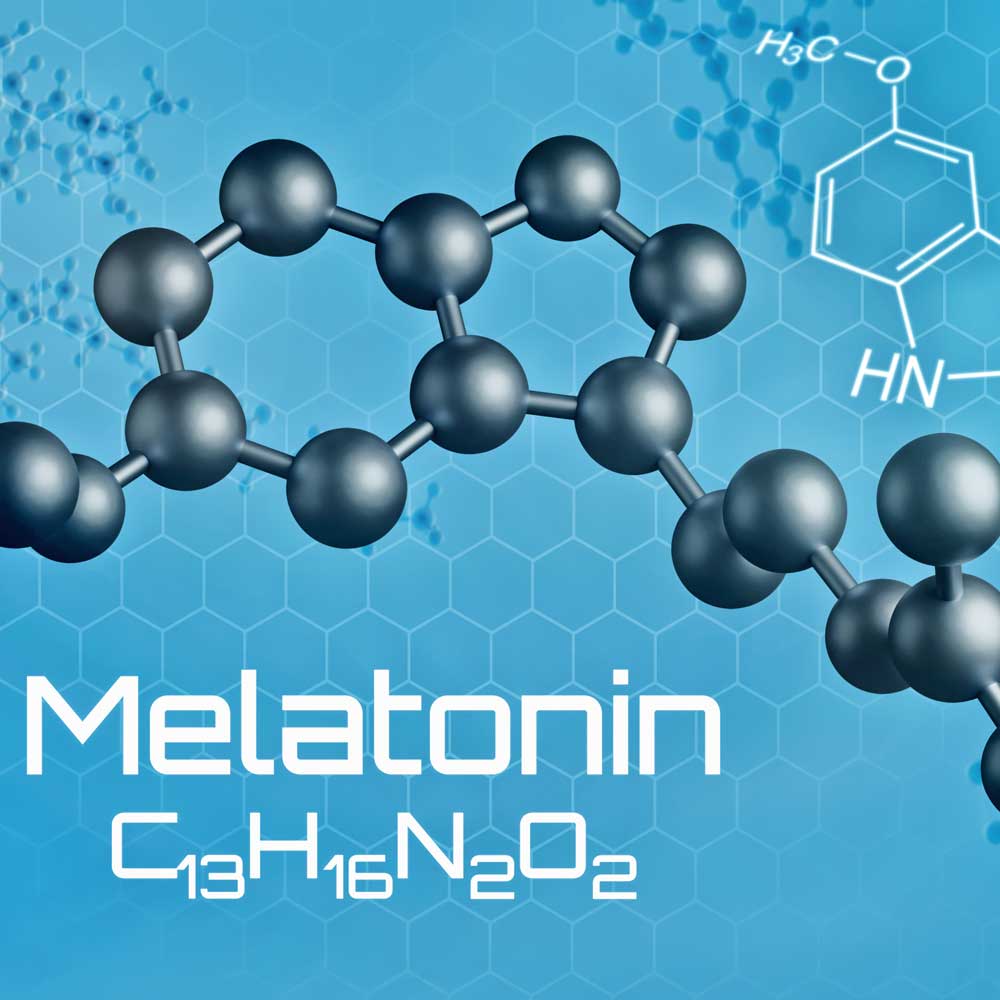Latest Facts
Medical Studies on Melatonin – Latest Facts

You want to get a fast overview on the latest research on melatonin and its multiple applications? – In this category you will find the most important studies listed separately; of course, these are also assigned to the respective subject areas.
The selection of the presented papers was made by the scientific committee of Interchron, the international forum for chronobiology, and it will be updated continuously.
Medical Studies on Melatonin – Latest Facts
Besides its well-known regulatory role on circadian rhythm, the pineal gland hormone melatonin has other biological functions and a distinct metabolism in various cell types and peripheral tissues. In different tissues and organs, melatonin has been described to act as a paracrine and also as an intracrine and autocrine agent with overall homeostatic functions and pleiotropic effects that include cell protection and prosurvival factor.
Pancreatic cancer is a highly lethal disease with a poor prognosis for long-term survival rate at all stages of invasiveness. It responds poorly to radio- and chemotherapy because the tumor cells are resistant to apoptosis.
It is assumed somatic cells can die in the apoptotic, the autophagic, or the necrotic way; however, the mechanisms of sperm death are not clear.
The objective of this paper was to analyze the data supporting the possible role of melatonin on bone metabolism and its repercussion in the etiology and treatment of bone pathologies such as the osteoporosis and the adolescent idiopathic scoliosis (AIS). Melatonin may prevent bone degradation and promote bone formation through mechanisms involving both melatonin receptor-mediated and receptor-independent actions.
The aim of the study was to evaluate the efficacy of a treatment with myo-inositol plus folic acid plus melatonin compared with myo-inositol plus folic acid alone on oocyte quality in women underwent in vitro fertilization (IVF) cycles.
The experimental data obtained from both human and rodent studies suggest that melatonin may have utility in the treatment of several cardiovascular conditions. In particular, melatonin’s use in reducing the severity of essential hypertension should be more widely considered. In rodent studies melatonin has been shown to be highly effective in limiting abnormal cardiac physiology and the loss of critical heart tissue resulting from ischemia/reperfusion injury.
Various systems of antioxidants exist endogenously in the body to help protect it against free radical damage by scavenging excessive ROS and RNS.
Objectives of this study were to investigate the effects of prolonged-release melatonin 2 mg (PRM) on sleep and subsequent daytime psychomotor performance in patients aged > or =55 years with primary insomnia, as defined by fourth revision of the Diagnostic and Statistical Manual of Mental Disorders of the American Psychiatric Association.
To summarize the role of melatonin in the physiology and pathophysiology of the ovary.
Melatonin, a widespread hormone in the animal kingdom, is produced by several organs and tissues besides the pineal gland. Whilst extrapineal melatonin behaves as a cytoprotective molecule, the pineal produces the hormone in a rhythmic manner. The discovery of melatonin in 1958, and the characterization of its synthesis somewhat later, let to the description of its photoperiodic regulation and its relationship with the biological rhythms such as the sleep/wake rhythm.
The aim of this study was to investigate the effects of exogenous melatonin on sleep-wake rhythm in haemodialysis patients.
Sleep duration has been hypothesized to be inversely associated with breast cancer risk, possibly due to greater overall melatonin production in longer sleepers. However, data are inconclusive from the three studies conducted in Western populations on sleep duration and breast cancer risk.
Low urinary melatonin levels have been associated with an increased risk of breast cancer in premenopausal women. However, the association between melatonin levels and breast cancer risk in postmenopausal women remains unclear.
Mercury is one of the most investigated natural elements and potential contaminants in the environment. Antioxidants have long been known to reduce the free radical-induced oxidative damage.
Infection with Herpes simplex virus type 1 (HSV-1) typically causes lesions of the mouth, face, skin, esophagus, or brain. Herpes simplex virus type 2 (HSV-2) usually causes infections of the genitals, rectum, skin, hands, or meninges.
We investigated the relationship between oxidative stress and poor oocyte quality and whether the antioxidant melatonin improves oocyte quality.
Melatonin is known to inhibit insulin secretion from rodent beta-cells through interactions with cell-surface MT1 and/or MT2 receptors, but the function of this hormone in human islets of Langerhans is not known.
Melatonin influences insulin secretion both in vivo and in vitro.
The circadian rhythm of pineal melatonin secretion, which is controlled by the suprachiasmatic nucleus (SCN), is reflective of mechanisms that are involved in the control of the sleep/wake cycle. Melatonin can influence sleep-promoting and sleep/wake rhythm-regulating actions through the specific activation of MT(1) (melatonin 1a) and MT(2) (melatonin 1b) receptors, the two major melatonin receptor subtypes found in mammals.
The circadian release of the hormone melatonin is regulated by the suprachiasmatic nucleus (SCN), which feeds back into the nucleus to modulate sleep and circadian phase through activation of the MT(1) and/or MT(2) melatonin receptors.